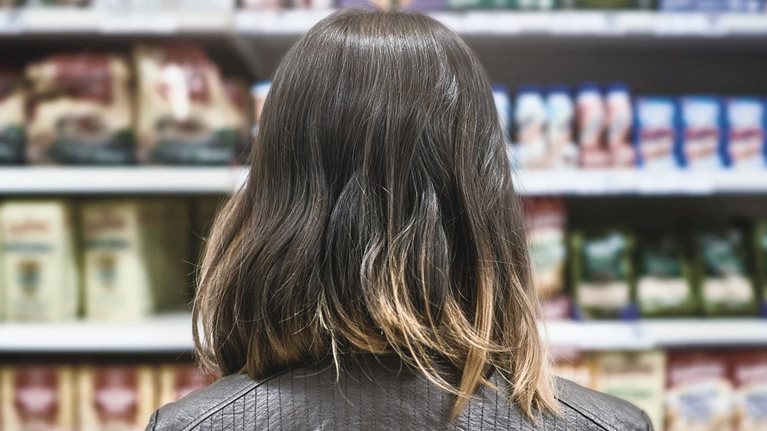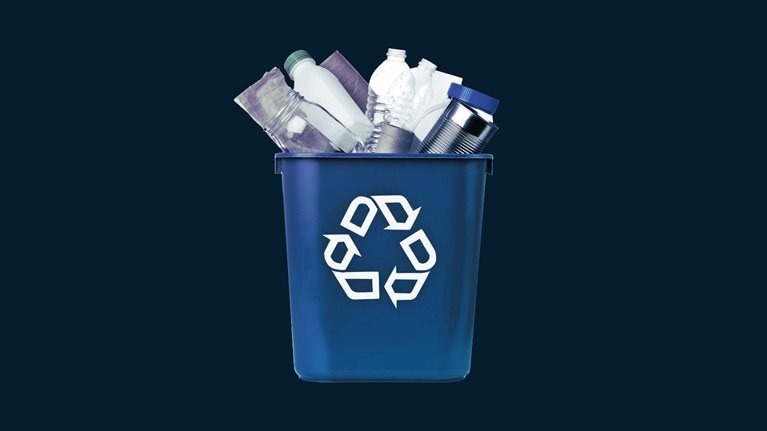Listen to this article
Sustainability remains a key topic for the packaging value chain, but there are few (if any) insights into consumer perceptions globally—especially now that the COVID-19 pandemic is also influencing consumer sentiment and behavior. To better understand this influence, we launched a survey across ten countries to explore consumers’ attitudes toward sustainable packaging, building on our earlier work focusing on consumer sentiment in the United States.
Responses from the approximately 10,000 consumers who took part in the survey have uncovered three main findings. First, as a result of the COVID-19 pandemic, consumers now place significantly more value on food safety and hygiene. This is a key element of the next normal in packaging, whereby packaging suppliers will have to rethink materials and design requirements.
Second, consumers see sustainability as being increasingly important as we emerge from COVID-19: marine litter is top of mind in Europe and Japan, while pollution is more of a concern in other Asian countries and the Americas. Across the globe, a vast majority of consumers claim to be willing to pay more for sustainable packaging.
Third, consumers around the world disagree on what packaging type is most sustainable; however, they do agree on what are the least sustainable options. Thus, to respond effectively to these evolving consumer sentiments, a granular view will be needed. In this article, we suggest three critical questions that packaging players need to answer to get started on creating an actionable fact base on which to build their future strategy.
COVID-19’s impact on sustainability in packaging
Ahead of the COVID-19 crisis, sustainability was top of mind across the whole packaging value chain. Consumers were becoming acutely aware of the packaging sector’s environmental footprint, and, in turn, rising public awareness sparked responses from legislators around the world. With sustainability increasingly part of their value proposition, fast-moving-consumer-goods (FMCG) and retail companies promised swift action and made bold commitments to improving the recycling potential of their packaging. This combination of downstream pull from consumers along with FMCG companies responding to the regulatory push had a profound impact on upstream players in the packaging industry: they were expected to help meet commitments. However, during the early stages of the pandemic, hygiene concerns took priority over the drive to eradicate single-use packaging in several jurisdictions. This evolution in consumer sentiment is also reflected in our survey, which indicates that the pandemic has heightened concerns around food safety, especially in the hardest-hit countries (Exhibit 1).

The next normal of sustainability in packaging
As we enter the next normal, pressure on sustainability is building once again. FMCG manufacturers and retailers continue to innovate with new packaging formats designed to improve recyclability—notably with the use of recycled content such as post-consumer resin (PCR)—as they approach their own sustainability commitments and also respond to consumer expectations, critical nongovernmental organization voices, and regulatory pressure.
New regulation is currently expanding on multiple fronts: no longer is it confined to just a few countries or regions. Today, sustainability regulation has become much more of a global phenomenon, even if the level of regulation varies. At the same time, consumer concerns remain: when we asked consumers about their perceptions of packaging sustainability compared with pre-COVID-19 times, only 4 to 11 percent of consumers globally said that they are now less concerned. Consumers are generally more concerned in developing economies such as India (87 percent of consumers are more concerned), Indonesia (80 percent), and Brazil (65 percent). Nevertheless, consumers in more developed economies are also showing higher awareness around sustainability issues: for example, 48 percent of US consumers are more concerned. However, what consumers are concerned about differs depending on region (Exhibit 2).

In all countries surveyed, the overwhelming majority of respondents claim to be willing to pay more for sustainable packaging across end-use areas. In food service, for example, highest willingness to pay is in China, where 86 percent of consumers say they are willing to pay “a lot” or “a bit more” for sustainable packaging, followed by Indonesia, the United States, and Brazil (75 percent, 68 percent, and 66 percent, respectively). In Germany, Italy, India, and the United Kingdom, around 56 to 59 percent say they are willing to pay “a lot” or “a bit more” for sustainable food-service packaging. Willingness to pay more for green in food service appears lowest in Japan and France, where 48 percent of consumers are willing to pay more for sustainable packaging. At the same time, better labeling on the packaging (explaining its sustainable attributes) and increased availability would encourage 23 to 61 percent of the surveyed consumers to buy more green packaging.1 Taken together, these facts plainly suggest that a clearly communicated sustainability benefit is a strong value proposition for packaging suppliers.
Substrate view: What does the global consumer prefer?
It is often wondered what packaging substrate is seen as the most sustainable by consumers. Our survey indicates that consumers around the world disagree about what they view as the most sustainable packaging materials, but their perception is quite aligned on what they regard as the most unsustainable materials (Exhibit 3).

Paper-based cartons rank quite high for sustainability in the United States and among surveyed countries in Europe, as does glass. However, this is not the case in Brazil, China, and Indonesia where both types of packaging are ranked much lower. Compostable plastic films have a strong global recognition as being sustainable.
Packaging combining plastic, paper, and aluminum foil (for example, flexible packaging) ranks lowest from a consumer perspective across all surveyed countries. Additionally, aluminum foils, plastic bottles (even with recycled content), and metal containers rank on the lower part of the spectrum.
Would you like to learn more about our Sustainability Practice?
Three critical questions to consider
Packaging suppliers should take a strategic look at their portfolios and assess them with three key questions in mind:
- What are the substrate shifts you can foresee in your focus markets based on anticipated consumer perception and regulatory changes?
- What is the resulting value at stake (that is, where are you most exposed given this and your market position)?
- What are the potential growth opportunities for which you would be uniquely positioned to provide winning solutions?
Answering these three questions will help to create an actionable fact base. Based on this, packaging suppliers should update and enhance their product- and technology-strategy road map with relevant sustainability narratives. Doing so will help to identify growth opportunities and the partners needed to deliver them and provide insight into areas of risk in instances where volumes might move to alternative substrates if no solution can be developed.
Consumer sentiments seem to be shifting continuously, most recently with heightening focus on food safety and hygiene. Understanding consumers’ sentiments and preferences around sustainability at a granular level will be a key early indicator for the value chain as to future regulatory pressure and instances where large packaging-substrate shifts could occur. Proactively identifying these sentiments and potential shifts could allow packaging suppliers to stay on top of trends as they develop and to become a thought partner by supporting customers in revamping their packaging portfolio—ultimately creating significant growth opportunities.


